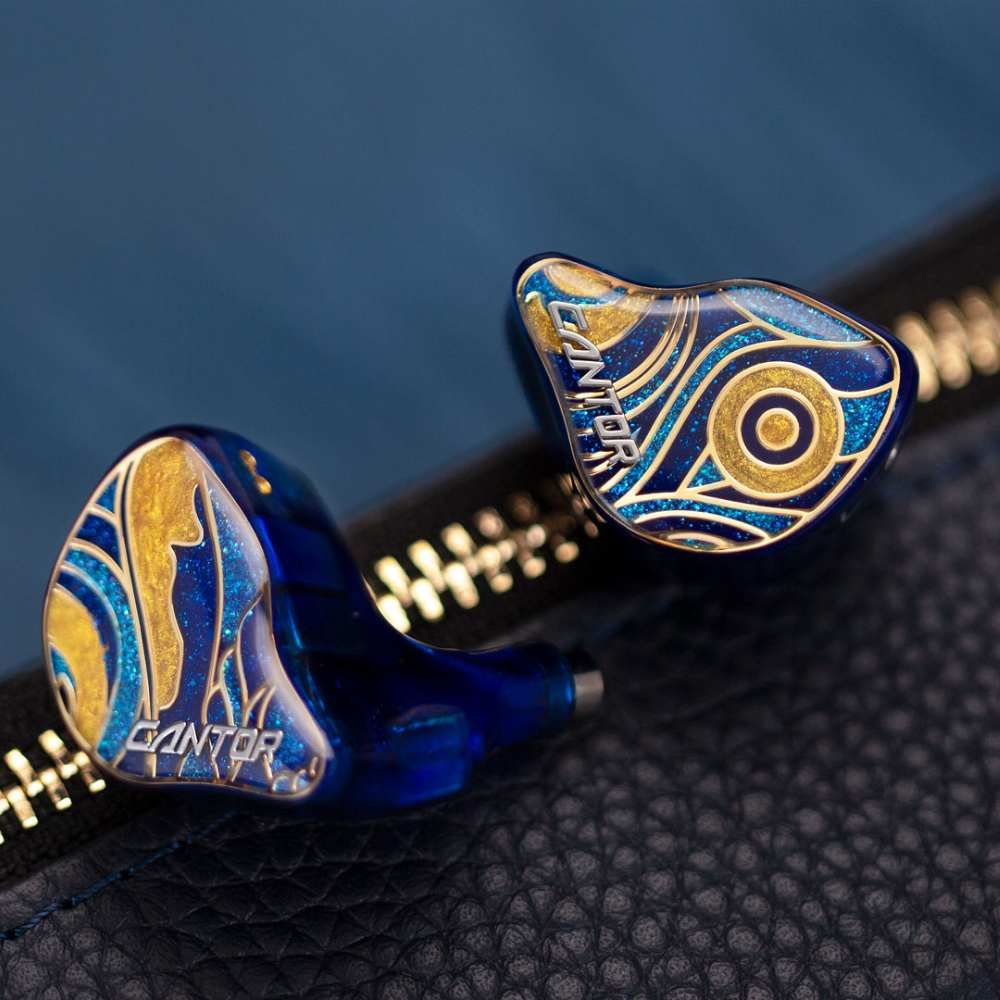Cantorvs.Hype 4
Sound & Specs Comparison
Information
Both IEMs are widely regarded in the audiophile community. See how they differ in terms of sub-bass response, upper mids, clarity, and overall tonality. Spider charts and rating breakdowns included.
Objective Comparison
Facts, details, stuff.
| General Info | Cantor | Hype 4 |
|---|---|---|
| Brand | AFUL | Thieaudio |
| Country | Taiwan | China |
| IEM Description | The AFUL Cantor combines technical precision with musicality in a hybrid design. Featuring a dynamic driver for powerful bass and multiple balanced armatures for clean mids and sparkly highs, it delivers a spacious soundstage with excellent separation. Tuning leans slightly toward a balanced-bright signature, making it a solid choice for detail lovers who still want some low-end punch. | – |
| Price Level | 500 – 1.000 | 100 – 500 |
| Housing & Driver | ||
|---|---|---|
| Driver Config | Multi-BA | Hybrid |
| Driver Types | Balanced Armature | Dynamic Driver + Balanced Armature |
| Shell Material | – | – |
| Cable | 4Braid 5N OFC Cable | – |
| Technical | ||
|---|---|---|
| Freq Range | – | – |
| Impedance (Ω) | 20 | – |
| Sensitivity (dB) | 106 | – |
| Crossover | RLC Network Electronic Crossover | – |
| Platform Info | ||
|---|---|---|
| Comments | 2 | 0 |
| Visit Count | 138 | 77 |
| External Reviews | 1 | 0 |
Meta Ratings
// Nothing to compare yet.
Sound Characteristics
Cantor delivers n deeper and more extended sub-bass, reaching lower frequencies with greater authority than Hype 4 (8.5 vs 6). It offers n stronger and more impactful bass response, adding weight and presence where Hype 4 feels less assertive (9 vs 6.5). It translates bass vibrations into a a more visceral experience, while Hype 4 lacks this tactile feedback (8.5 vs 5). The lower midrange on It blends a more smoothly into the bass region, avoiding the disconnect found in Hype 4 (8.5 vs 6.3). It reproduces female vocals and strings with a more air and forwardness, while Hype 4 remains recessed (8 vs 6). The treble on It is a more nuanced and refined, especially when it comes to cymbals and ambient elements (8 vs 6.5). It extends c further into the upper treble, adding air and openness that Hype 4 lacks (7.5 vs 6.3). Listeners may notice that It presents sounds with a more lateral space, giving recordings more openness than Hype 4 (8 vs 5). It retrieves micro-details m more effectively, revealing nuances that are less apparent in Hype 4 (8.8 vs 5). It organizes musical elements m better across depth, enhancing spatial realism over Hype 4 (8.3 vs 6). Instruments remain intelligible on It even during busy sections, showing d better handling of masking than Hype 4 (8 vs 6). It adds a more body and density to musical notes, enriching the overall texture compared to Hype 4 (7.5 vs 7). Percussion and quick attacks feel m more physical and punchy on It, adding excitement over Hype 4 (8.5 vs 7). It handles sibilant sounds overwhelmingly more gently, with fewer peaks and less sharpness than Hype 4 (8.5 vs 4). It renders timbres with a better harmonic balance, preserving the character of instruments more accurately than Hype 4 (7.5 vs 5). Across the frequency range, It stays a more consistent in tonal balance, resulting in a smoother listen than Hype 4 (8.8 vs 5). It renders texture a more precisely, making instrument surfaces and vocal grain more palpable than Hype 4 (8 vs 6).
| Cantor | Hype 4 | |
|---|---|---|
| Sub Bass | 8.5 | 6.0 |
| Bass | 9.0 | 6.5 |
| Bass Feel | 8.5 | 5.0 |
| Lower Mids | 8.5 | 6.3 |
| Upper Mids | 8.0 | 6.0 |
| Lower Treble | 8.0 | 6.5 |
| Upper Treble | 7.5 | 6.3 |
| Sound Stage Width | 8.0 | 5.0 |
| Detail | 8.8 | 5.0 |
| Layering | 8.3 | 6.0 |
| Masking | 8.0 | 6.0 |
| Note Weight | 7.5 | 7.0 |
| Slam | 8.5 | 7.0 |
| Sibilance | 8.5 | 4.0 |
| Timbre Color | 7.5 | 5.0 |
| Tonality | 8.8 | 5.0 |
| Texture | 8.0 | 6.0 |
Tonal Signature
// Nothing to compare yet.
